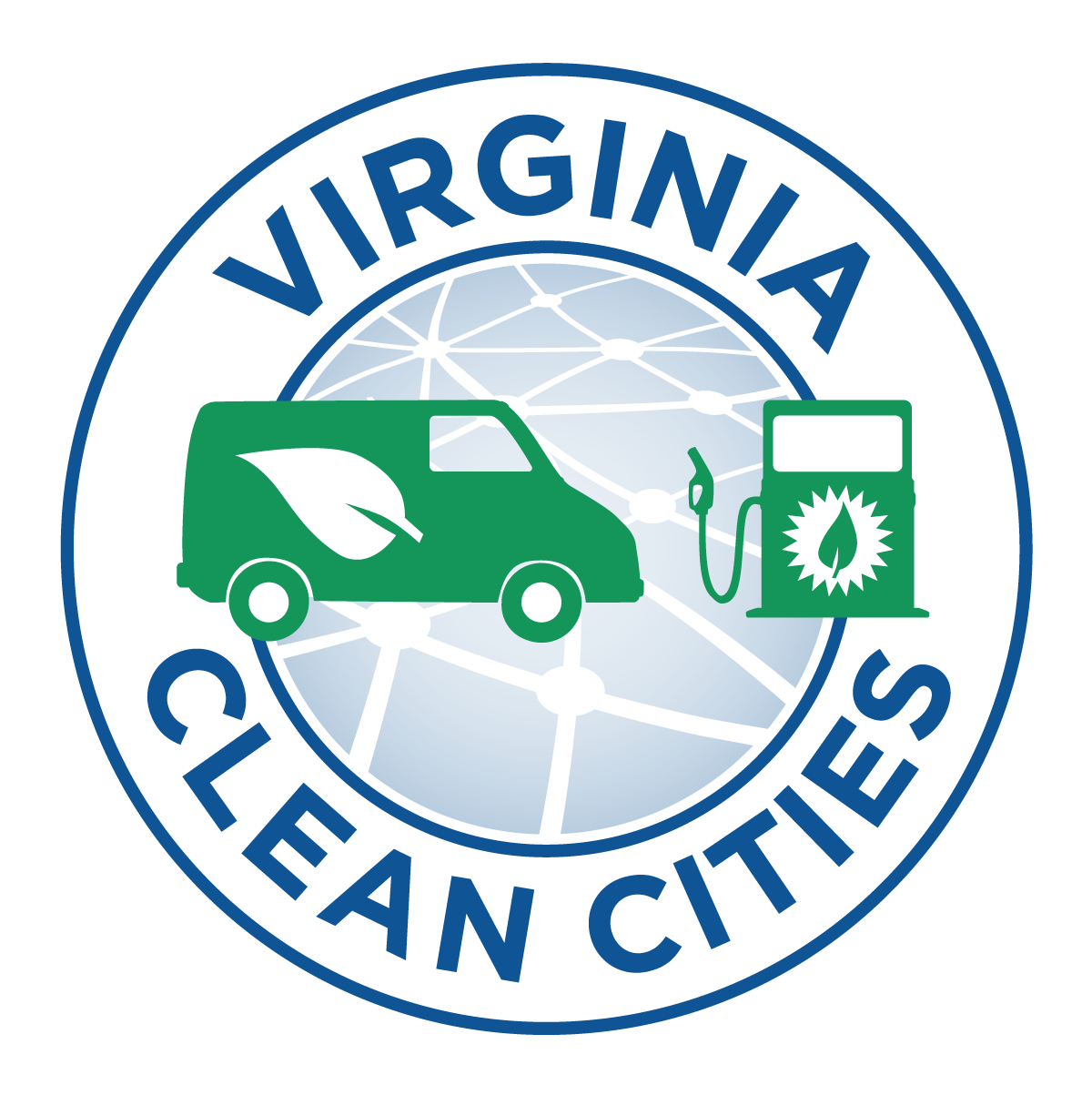Authored by VEIC and Virginia Clean Cities

Are you considering adding one or more electric school buses (ESBs) to your fleet? Have you heard of Virginia DEQ’s Clean School Bus Program and are thinking about applying for either this round (due June 25th) or the second round this fall? Here’s a quick overview of the types of electric school bus charging stations and major considerations for selecting the right option for your fleet.
The Charging Stations
Types: First, there are three levels of Electric Vehicle Supply Equipment (EVSE, aka “charging stations”) available on the market: Level 1, Level 2 and DC fast charging. The main difference is how quickly they can charge your bus, and their power requirements at your facility.
Each ESB in your fleet will require a dedicated charging station. Many ESBs can be effectively charged by either a high-powered Level 2 charging station (19 kW, 240 volts Alternating Current (AC)) or a medium-powered Level 3 Direct Current (DC) fast charging station (at least 25kW, 480 volts DC).
While DC charging units are more expensive compared to high-powered Level 2 AC units, they operate more efficiently. Also, some electric bus models only accept DC charging, and others may offer discounts on a bus if they don’t need to provide onboard Level 2 charging hardware.

Costs: High-power Level 2 chargers typically cost between $2,000 and $5,000 for the equipment, and $1,000 to over $10,000 for installation (depending on the complexity/difficulty). Medium-powered DC fast chargers are more expensive ($10,000-$15,000 for more basic equipment to more than $40,000 for larger, more powerful stations). They also require a three-phase power supply, so installation costs are typically higher as well – ranging from $4,000 to $15,000 on the lower end to over $50,000 for larger and more complex projects. (We’ll cover factors affecting installation costs in our next blog post).
Charging Time: A typical Type C ESB with a 150kWh battery pack will be able to charge in 6 to 8 hours overnight using high-powered Level 2 charging stations. A medium-powered DC fast charging station will be able to provide a slightly faster charge (4-6 hours). Some fleets with more-powerful DC fast charging stations (60 kW or more) may be able to recharge the same bus in as little as 2 hours. Fleets need to evaluate whether they may need midday charging, how much charging time they will have between morning and afternoon shifts, and how much range they will need to recover during that time, as each factor will influence charging station type selection.
Networked Charging Stations: Some charging stations are connected on a network so they can be monitored and managed collectively using an online software platform. For school fleets, networked charging stations can enable managed charging (see below) and provide real-time charging status for your buses and alerts if there are any charging station malfunctions. Networked charging stations are typically more expensive than simpler, non-networked charging stations, and often require ongoing monthly fees.
Managed Charging: EV charging can increase electricity demand – sometimes significantly in the case of DC fast chargers and/or during midday charging. However, the resulting impact on your electricity demand charges can be minimized if EV charging is managed to occur while other loads are low (such as overnight). Managed charging includes any strategy to control when charging occurs or the amount of charging done at any given time. Generally, managed charging aims to minimize both costs (such as demand charges) and strain on the electric grid, and typically uses software to coordinate charging schedules among multiple networked chargers.

Vehicle to Grid (V2G): Electric utilities are interested in vehicle-to-grid configurations of electric school buses. V2G enables an electric school bus to partially discharge its battery to the grid while it sits idle and connected to a charger. Strategic timing of battery discharge could save money for the utility and still allow for a fully charged vehicle when needed, while potentially providing utility financial incentives to the fleet to help offset the cost of the electric bus. These technologies are still very new, however, and until more trials have been completed school bus operators should not plan on extra cost savings from V2G (unless these savings are guaranteed through a service contract from a 3rd-party “turnkey” ESB fleet administrator).
Curious about the various electric buses on the market and the types of routes for which they’re best suited? We covered that in our last blog post! And we’ll be addressing charging station installation considerations in our next post!
For more information, check out VEIC’s Electric School Bus Resources for detailed guidance on how to plan your first electric school bus deployment.
